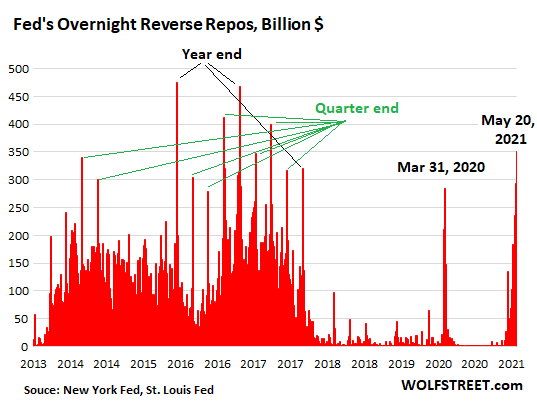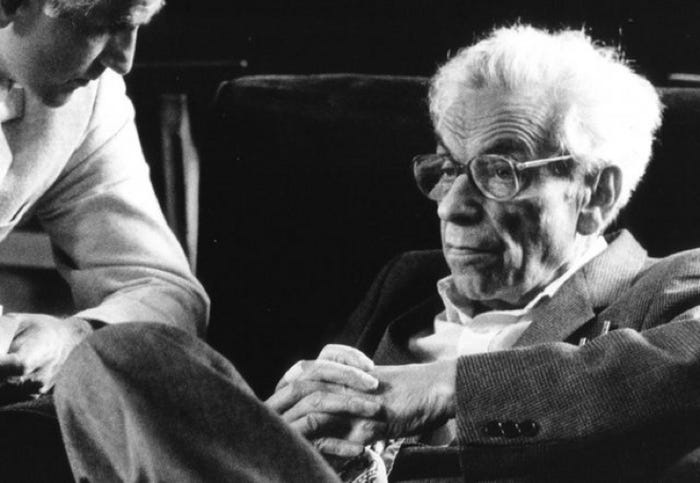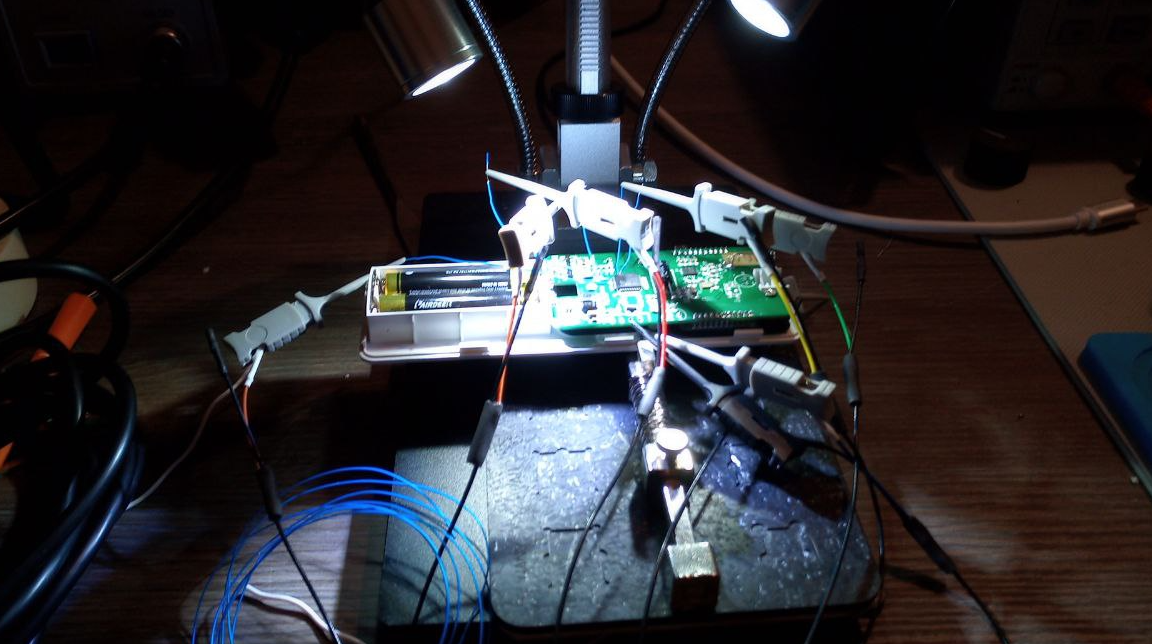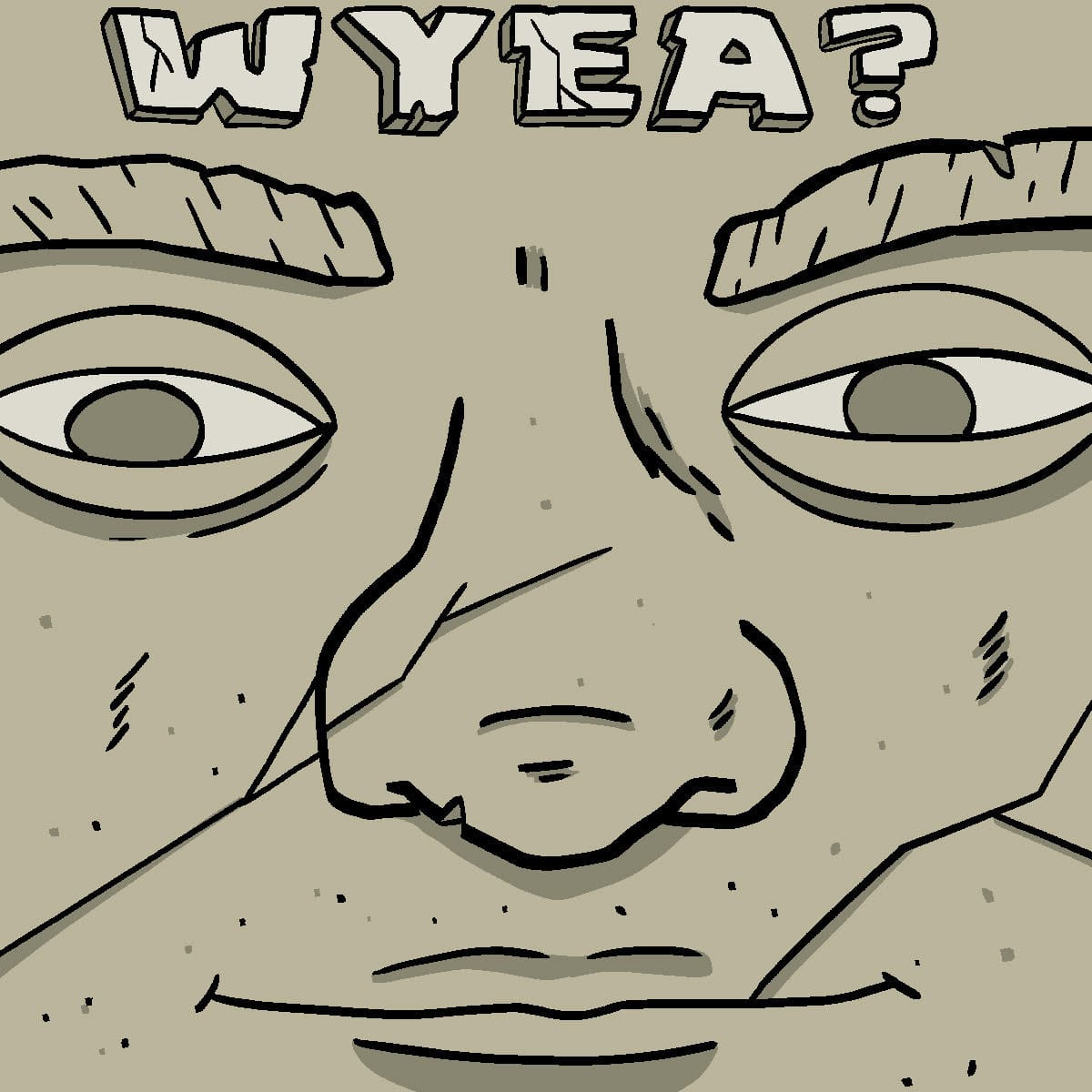Reverse mathematics - Wikipedia
Reverse mathematics is a program in mathematical logic that seeks to determine which axioms are required to prove theorems of mathematics. Its defining method can briefly be described as "going backwards from the theorems to the axioms", in contrast to the ordinary mathematical practice of deriving theorems from axioms. It can be conceptualized as sculpting out necessary conditions from sufficient ones.
The reverse mathematics program was foreshadowed by results in set theory such as the classical theorem that the axiom of choice and Zorn's lemma are equivalent over ZF set theory. The goal of reverse mathematics, however, is to study possible axioms of ordinary theorems of mathematics rather than possible axioms for set theory.
Reverse mathematics is usually carried out using subsystems of second-order arithmetic, where many of its definitions and methods are inspired by previous work in constructive analysis and proof theory. The use of second-order arithmetic also allows many techniques from recursion theory to be employed; many results in reverse mathematics have corresponding results in computable analysis. Recently,[when? ] higher-order reverse mathematics has been introduced, in which the focus is on subsystems of higher-order arithmetic, and the associated richer language.[clarification needed ]
The program was founded by Harvey Friedman (1975, 1976) and brought forward by Steve Simpson. A standard reference for the subject is (Simpson 2009), while an introduction for non-specialists is (Stillwell 2018). An introduction to higher-order reverse mathematics, and also the founding paper, is (Kohlenbach (2005)).
Leave a Comment
Related Posts

Fed Drains $351 Billion in Liquidity from Market via Reverse Repos, as Banking System Creaks under Mountain of Reserves
Comment
Apple Says NeuralHash Tech Impacted by 'Hash Collisions' Is Not the Version Used for CSAM Detection
Comment


















